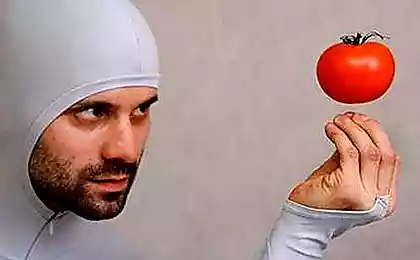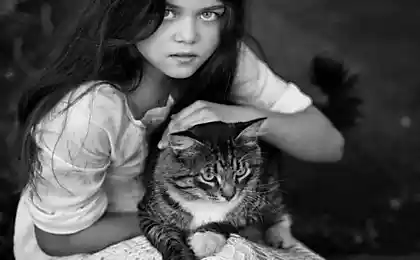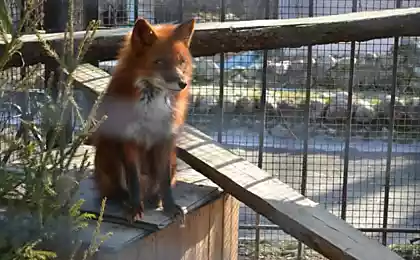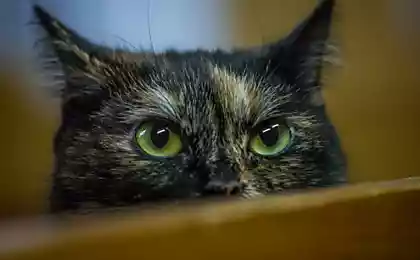1582
Amazing ability of animals
Wood frogs can survive freezing.
Tree frog (Rana sylvatica), inhabits in Alaska, freezing in winter to the extent that it becomes like a piece of ice. While frozen, the frog is not breathing, her heart and blood circulation stops, she can not move. However, with the onset of spring frog "thaws" and return to normal life. It is highly unlikely that such a skill might develop spontaneously by coincidence. In order to make the system function of the body of the frog again, it is necessary to use an extremely complex genetic program.

In winter, about 35-45% of the liquid in the body of the frog freezes. This extracellular ice is essentially contained under the skin and between the muscles. With this frog becomes hard as a piece of ice! Most of these frogs ledyshek survive the winter in Alaska in burrows on the ground level.
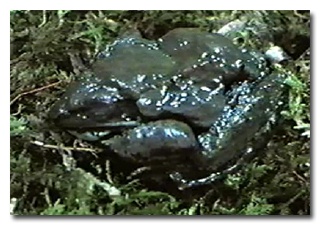
With the arrival of spring tree frog ends its truly amazing transformation. Just a few hours the frozen body of a frog alive: restores normal breathing, heartbeat, blood flow, as well as the work of the brain and all functional systems. Frog again can move, jump and mate.
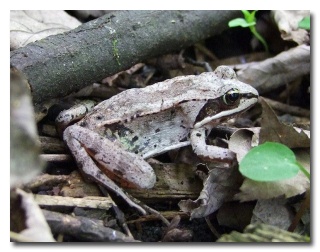
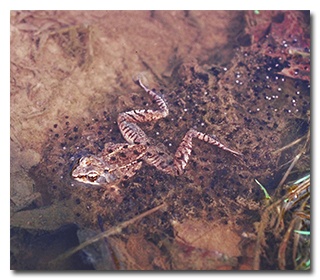
Sea cucumbers can be transformed from liquid to solid and vice versa

Sea cucumbers (they Potbelly sea, they are also sea cucumbers) are a class of invertebrates such as echinoderms. They are something like the big worms - and in appearance and touch. (Have you ever groped worm? Feel!) In general, as it may seem, helpless creature.
If the sea cucumber gets into a dangerous situation, he quickly acquires a kind of protection: the surface immediately solidifies, becoming like armor. How to tell biologists toughness hides provide numerous collagen fibers that are inside it.
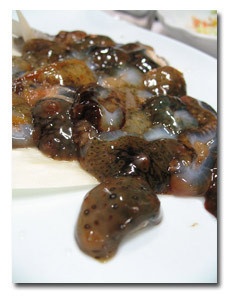
When the cucumber, for whatever reason, is frightening, his body produces a special substance that makes these very soft tissue to harden temporarily, and they (besides being equipped with said fiber) are very stringent. The result is a sea cucumber in the shell, and not flabby worm.
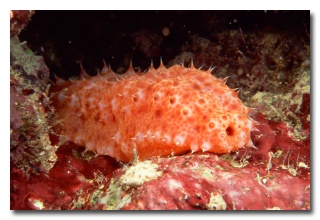
Some have built-in lights squid

Colossal squid. Not to be confused with the more famous, but the smaller the size of a giant squid. The colossal squid is the largest invertebrate known to science, it also has one of the largest eyes in the animal kingdom.
Each eye squid reaches a diameter of 30 centimeters, it can be greater than the plate and its eye lens size of an orange. These huge eyes allow squid to see in dim light, which is very helpful for an animal that spends most of his life hunting at depths of over 2000 meters.

It should be noted that until now had only caught a colossal squid - youth, adult same individual can grow up to 15 meters in length. These giants eye even more. Unlike the giant squid, colossal squid has stereoscopic vision, and has an excellent ability to accurately assess distance.
Even more amazing feature is that each eye has a built-in "spotlight", a body that can produce as much light as you need squid to see their prey in the dark.

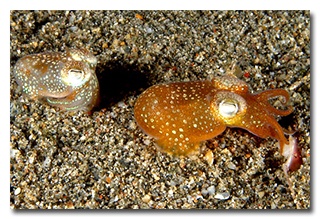
Chickens get rid of the sperm of roosters losers

Chickens are choosing fathers for their offspring after intercourse. If the cock is not the leader, the chicken does not resist copulation (likely to beak the head did not get), but after ejaculation "pours" of himself to his seed. If you ejaculate too small (and thus, the male is weak and genetically inferior), the seed goes in the trash, too.
In the experiment with wild chickens (Gallus gallus domesticus), biologists measured the amount of cock ejaculate. And measured and the amount that the cock left in the female, and one that the female "poured" out. It turned out that the chickens are selected sperm - they get rid of the semen socially low-ranking males. This means that if a cock - not the leader, the chicken does not resist mating (likely to beak the head did not get), but after ejaculation "pouring" from his seed itself.
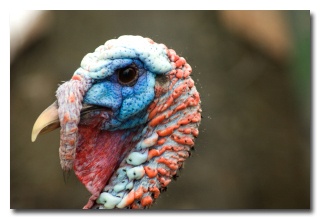
Checking the amounts received and throw sperm, the researchers came to the conclusion that the hens with more intensity, "cast" the seed of males losers - to "trash" goes to 80% of the ejaculate. From ejaculate Rooster chickens leaders dispose with less efforts. Another interesting fact is that the smaller the volume of ejaculate, the more the chicken gets rid of it. It turns out that the number of sperm is a genetic marker for the usefulness of a rooster. "If he had a little sperm, then he is weak, and leave offspring from him is not worth" - something like this needs to be chicken logic.
"The release of sperm can be an effective mechanism for increasing the chances of successful males leave their offspring," - writes Rebecca Dean's blog, describing the results of the study, published in American Naturalist.
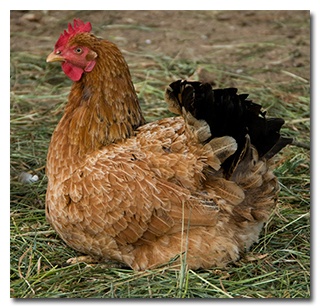
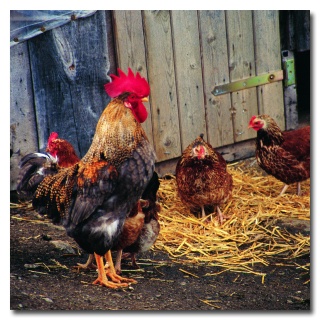
Cats purr to heal

First, do not say nothing "hardy as a cat" - these flexible creation of a huge capacity for self-healing and treatment. For example, it has been observed that if someone gets sick in the cat's pride, the other members of the family go to there to give it energy or a bad pick. Cats perceive their owners as "big cats", so, following their nature, they too will have to treat. Scientists from the Institute for the Study of fauna in North Carolina came to the conclusion that the vibration frequency at which urchat cats, accelerate the process of cell regeneration.

A new method for the treatment of various diseases - koshkoterapiya - developed at the London Institute of medicinal methods of influence. Closely matter luminaries of science do after one night in a laboratory where the experiment was carried out late employees, the institute became their favorite - the cat in March. As she passed the generator low-frequency currents, unexpectedly zashkalilo all sensors. For fun, the scientists decided to measure the electromagnetic field of Martha. Imagine their surprise when it turned out that instead of expensive modern generator, you can safely use a cat as it is able to produce a much stronger field.
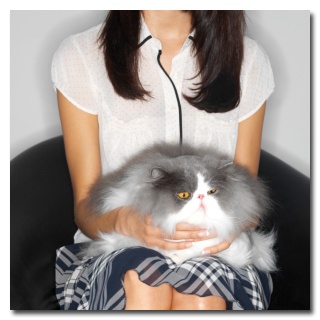
After that experts have decided to continue the experiment. While at the institute have developed a method of treatment of chronic inflammatory diseases using low-frequency currents. Mindful of the sensor response to the cat, the researchers divided the patients into two volunteer groups. One group they continued to be treated with low-frequency currents, and people from the other group were put on the sore spot cat. A month later, the researchers compared the results of the experiment: the sick, lechivshiesya by a cat, all recovered, and in the other group recovered only half of the patients. Why is a cat having a low-frequency currents? And how do they affect the human body? The researchers argue that low-frequency currents are generated in cats due to its thin and soft wool. When the animal moves, there is friction of the hair against each other, so there is a strong electric field.
Source: asaratov.livejournal.com
Tree frog (Rana sylvatica), inhabits in Alaska, freezing in winter to the extent that it becomes like a piece of ice. While frozen, the frog is not breathing, her heart and blood circulation stops, she can not move. However, with the onset of spring frog "thaws" and return to normal life. It is highly unlikely that such a skill might develop spontaneously by coincidence. In order to make the system function of the body of the frog again, it is necessary to use an extremely complex genetic program.

In winter, about 35-45% of the liquid in the body of the frog freezes. This extracellular ice is essentially contained under the skin and between the muscles. With this frog becomes hard as a piece of ice! Most of these frogs ledyshek survive the winter in Alaska in burrows on the ground level.

With the arrival of spring tree frog ends its truly amazing transformation. Just a few hours the frozen body of a frog alive: restores normal breathing, heartbeat, blood flow, as well as the work of the brain and all functional systems. Frog again can move, jump and mate.


Sea cucumbers can be transformed from liquid to solid and vice versa

Sea cucumbers (they Potbelly sea, they are also sea cucumbers) are a class of invertebrates such as echinoderms. They are something like the big worms - and in appearance and touch. (Have you ever groped worm? Feel!) In general, as it may seem, helpless creature.
If the sea cucumber gets into a dangerous situation, he quickly acquires a kind of protection: the surface immediately solidifies, becoming like armor. How to tell biologists toughness hides provide numerous collagen fibers that are inside it.

When the cucumber, for whatever reason, is frightening, his body produces a special substance that makes these very soft tissue to harden temporarily, and they (besides being equipped with said fiber) are very stringent. The result is a sea cucumber in the shell, and not flabby worm.

Some have built-in lights squid

Colossal squid. Not to be confused with the more famous, but the smaller the size of a giant squid. The colossal squid is the largest invertebrate known to science, it also has one of the largest eyes in the animal kingdom.
Each eye squid reaches a diameter of 30 centimeters, it can be greater than the plate and its eye lens size of an orange. These huge eyes allow squid to see in dim light, which is very helpful for an animal that spends most of his life hunting at depths of over 2000 meters.

It should be noted that until now had only caught a colossal squid - youth, adult same individual can grow up to 15 meters in length. These giants eye even more. Unlike the giant squid, colossal squid has stereoscopic vision, and has an excellent ability to accurately assess distance.
Even more amazing feature is that each eye has a built-in "spotlight", a body that can produce as much light as you need squid to see their prey in the dark.


Chickens get rid of the sperm of roosters losers

Chickens are choosing fathers for their offspring after intercourse. If the cock is not the leader, the chicken does not resist copulation (likely to beak the head did not get), but after ejaculation "pours" of himself to his seed. If you ejaculate too small (and thus, the male is weak and genetically inferior), the seed goes in the trash, too.
In the experiment with wild chickens (Gallus gallus domesticus), biologists measured the amount of cock ejaculate. And measured and the amount that the cock left in the female, and one that the female "poured" out. It turned out that the chickens are selected sperm - they get rid of the semen socially low-ranking males. This means that if a cock - not the leader, the chicken does not resist mating (likely to beak the head did not get), but after ejaculation "pouring" from his seed itself.

Checking the amounts received and throw sperm, the researchers came to the conclusion that the hens with more intensity, "cast" the seed of males losers - to "trash" goes to 80% of the ejaculate. From ejaculate Rooster chickens leaders dispose with less efforts. Another interesting fact is that the smaller the volume of ejaculate, the more the chicken gets rid of it. It turns out that the number of sperm is a genetic marker for the usefulness of a rooster. "If he had a little sperm, then he is weak, and leave offspring from him is not worth" - something like this needs to be chicken logic.
"The release of sperm can be an effective mechanism for increasing the chances of successful males leave their offspring," - writes Rebecca Dean's blog, describing the results of the study, published in American Naturalist.


Cats purr to heal

First, do not say nothing "hardy as a cat" - these flexible creation of a huge capacity for self-healing and treatment. For example, it has been observed that if someone gets sick in the cat's pride, the other members of the family go to there to give it energy or a bad pick. Cats perceive their owners as "big cats", so, following their nature, they too will have to treat. Scientists from the Institute for the Study of fauna in North Carolina came to the conclusion that the vibration frequency at which urchat cats, accelerate the process of cell regeneration.

A new method for the treatment of various diseases - koshkoterapiya - developed at the London Institute of medicinal methods of influence. Closely matter luminaries of science do after one night in a laboratory where the experiment was carried out late employees, the institute became their favorite - the cat in March. As she passed the generator low-frequency currents, unexpectedly zashkalilo all sensors. For fun, the scientists decided to measure the electromagnetic field of Martha. Imagine their surprise when it turned out that instead of expensive modern generator, you can safely use a cat as it is able to produce a much stronger field.

After that experts have decided to continue the experiment. While at the institute have developed a method of treatment of chronic inflammatory diseases using low-frequency currents. Mindful of the sensor response to the cat, the researchers divided the patients into two volunteer groups. One group they continued to be treated with low-frequency currents, and people from the other group were put on the sore spot cat. A month later, the researchers compared the results of the experiment: the sick, lechivshiesya by a cat, all recovered, and in the other group recovered only half of the patients. Why is a cat having a low-frequency currents? And how do they affect the human body? The researchers argue that low-frequency currents are generated in cats due to its thin and soft wool. When the animal moves, there is friction of the hair against each other, so there is a strong electric field.
Source: asaratov.livejournal.com

